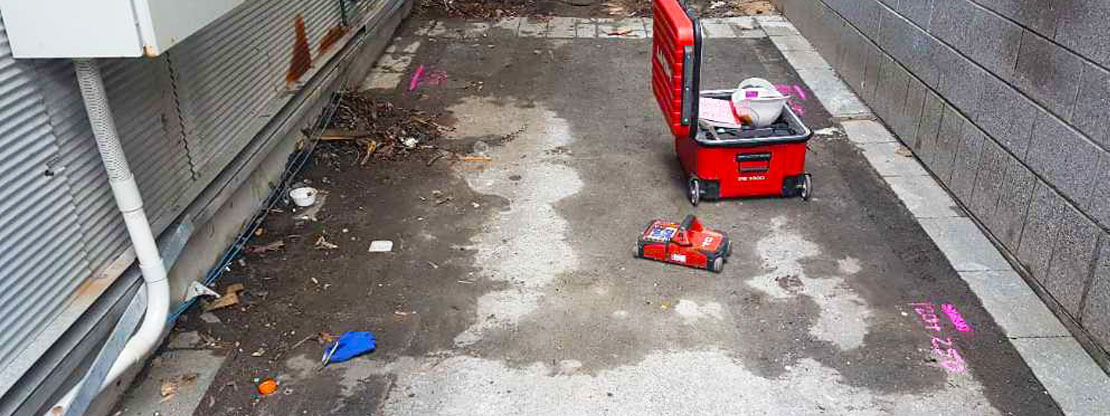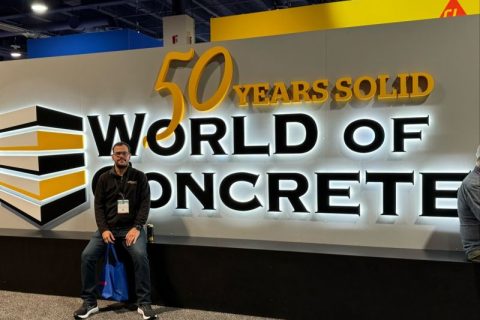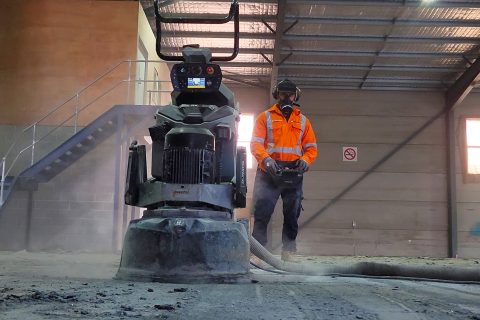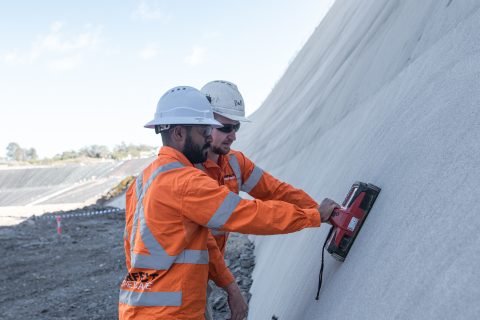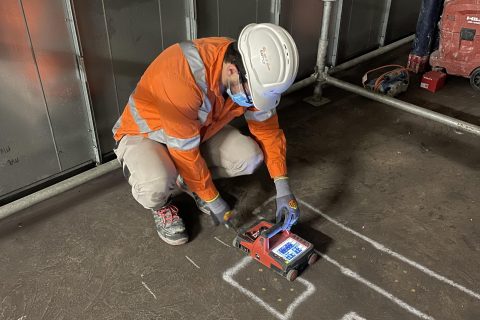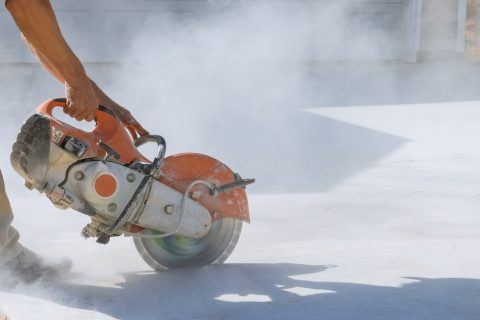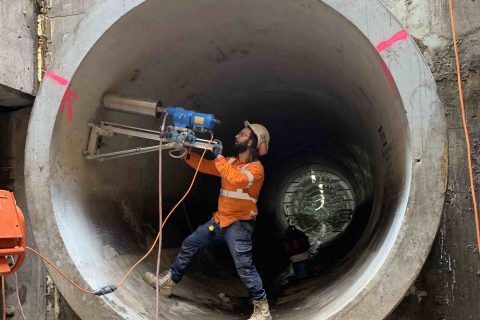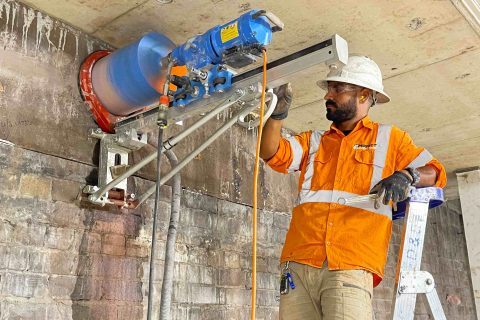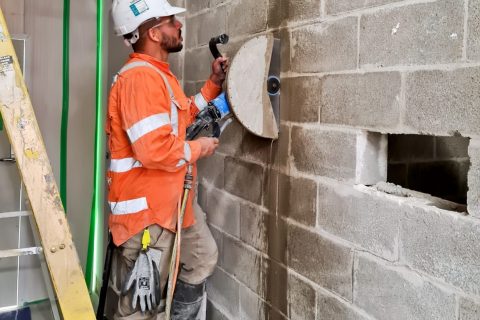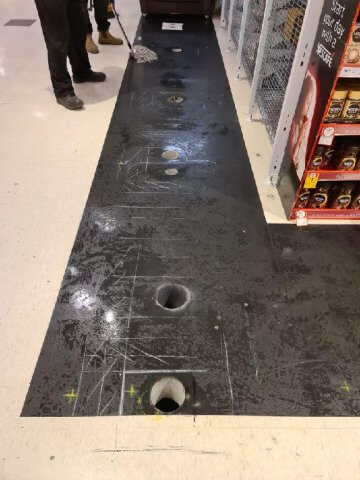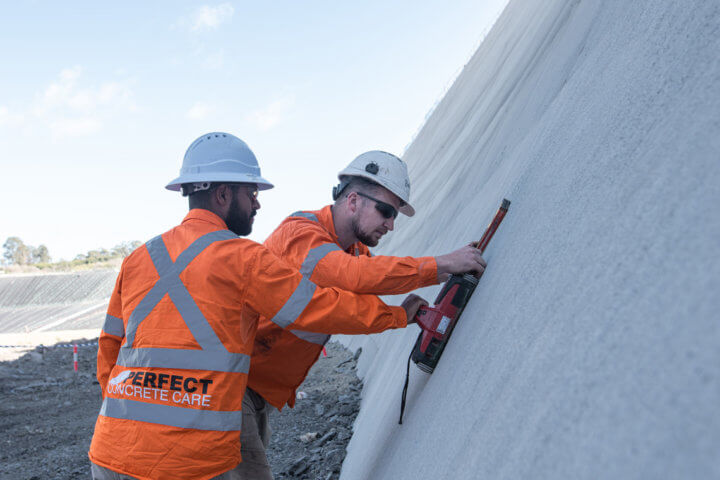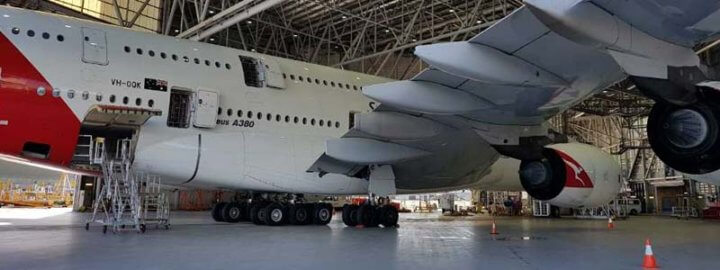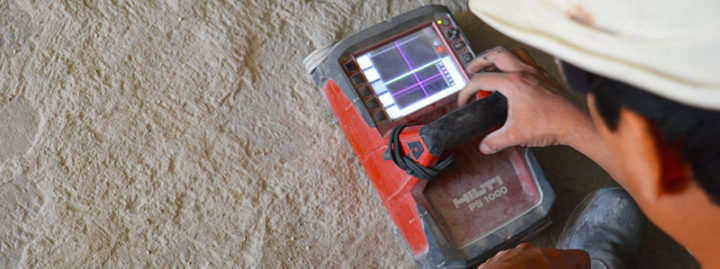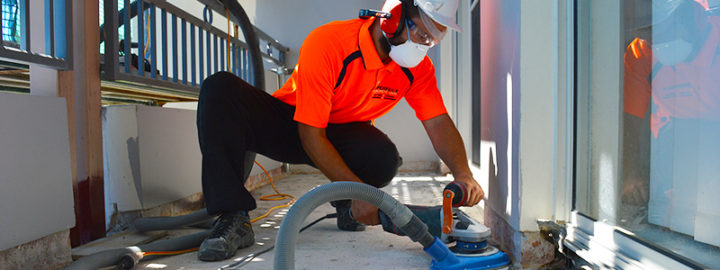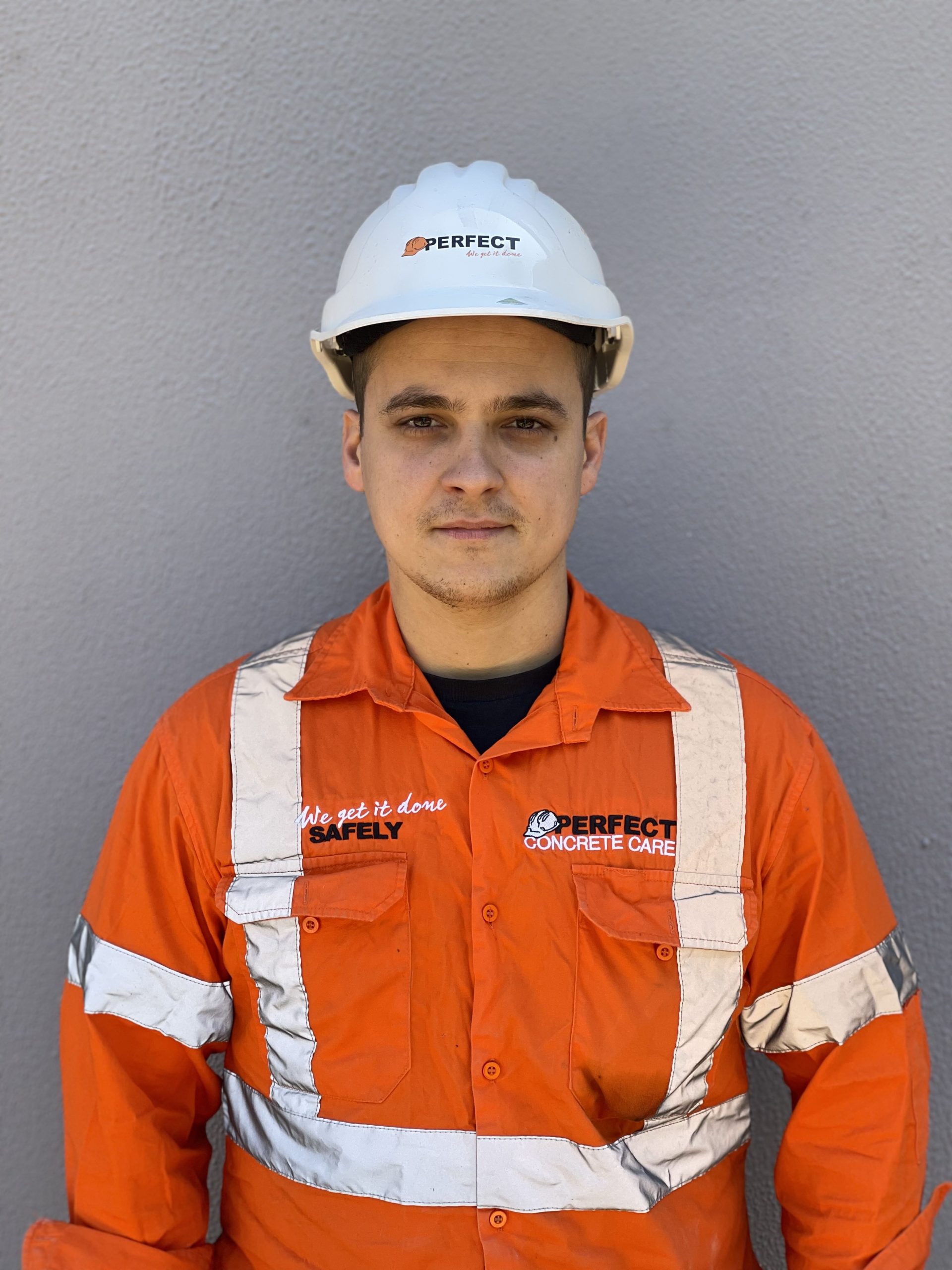Recently concrete scanning has become such an important service in the construction industry. So how can scanning concrete help you? Have you ever needed to run services through a slab or wall and just blindly drilled or cored through it only to hit a water pipe and end up costing you thousands in damages?
Well with all the advancements in the concrete scanning industry this will no longer be an issue. With some of the scanning devices on the market at the moment, it is possible to scan through a slab up to 400 mm thick and locate various services such as water, power, data cables, and even reinforcement bars and post tension cables.

Having a scanning machine is not really beneficial unless you know how to read it and know how it works. One of the best Concrete Scanners on the market is the HILTI PS-1000 X-Scan Concrete Scanner. It is capable of scanning through slabs as thick as 400 mm. It can locate a wide range of services in the slab. Such as water, power, data, reinforcement, and even post-tension cables.
Features:
- Provides a real-time inside view of concrete structures and generates true images automatically for direct on-site evaluation of scan data by the user – no expert skills required;
- Features three scan modes for specific applications: Quickscan detection, Quickscan recording and Images can (2-D and 3-D data visualisation with top view and cross-sectional views);
- Compact all-in-one, the hand-held design offers easy, user-friendly operation, a quick start-up for speed of use plus unmatched data visualization;
- Displays a top view of the scan for easy object mapping plus cross sections in both directions for easy identification of multiple layers in concrete structures;
- Powerful monitor unit for in-depth, on-site scan analysis plus PC software for subsequent data evaluation and documentation.
Applications:
- Minimizing the risk of hitting concealed objects when drilling anchor holes or through holes, breaking out openings, and in diamond coring and sawing work;
- Rebar extension (post-installed rebar connections) in structural applications;
- Inspection of floors, decks, slabs, balconies, etc. in structures such as tunnels, bridges, and buildings;
- Detection of voids and cavities.

Before you begin to scan the desired location ensure you set the scanner to default settings. This will help to get the most accurate readings each time. Then clear the area or even give the floor or wall sweep to ensure you can perform the scan in one smooth motion.

It is always good practice to mark all services you find in the slab as you scan. This way you can colour code each one and keep track of what is what. When you are finished scanning for your client and you have marked the area with the Hilti PS-1000 X-Scan you can remove the memory card. You can also use Hilti’s software that comes with the scanner to print detailed 3D reports for your client.


